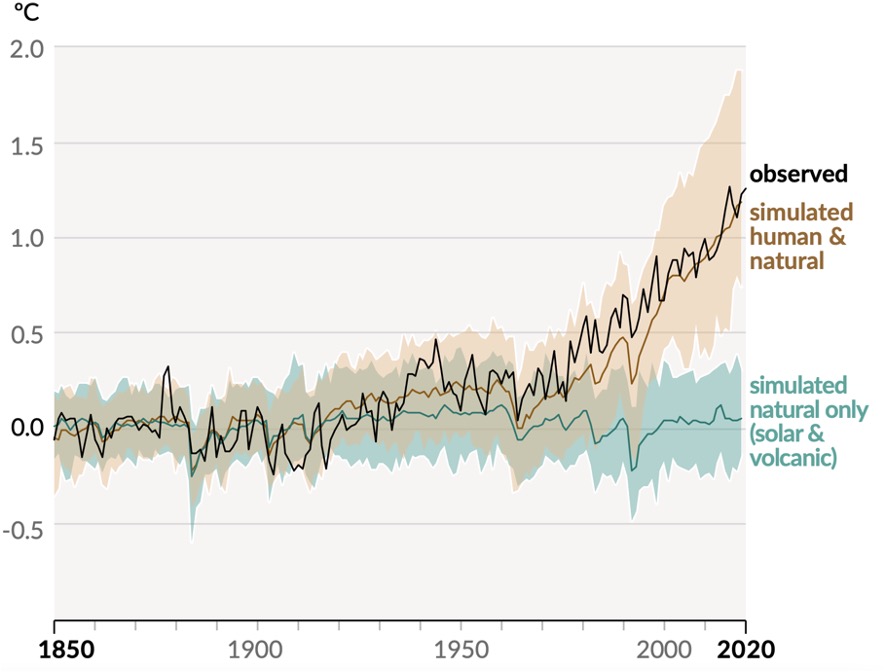Climate change is unequivocal and of human origin. Therefore, it is necessary and urgent to adopt new technologies to limit greenhouse gas emissions.

Hydrogen appears as a crucial component of the energy transition, provided that its production is decarbonized (currently less than 5%). It is a highly versatile energy carrier that can enable massive storage of intermittent renewable energies. The applications of “green” hydrogen are numerous, ranging from replacing hydrogen derived from natural gas in the industrial sector to transportation, including heavy-duty vehicles (buses, trains, trucks). For example, while 24 kg of gasoline are needed for a modern internal combustion engine car to travel 400 km, the same distance can be covered with just 8 kg of hydrogen. Moreover, the engine only emits water vapor.
Governments worldwide are calling for investment in hydrogen as part of their post-COVID-19 recovery plans. Indeed, hydrogen technologies can strengthen our economy to become more robust, resilient, and sustainable.
One promising application of hydrogen lies in its use in industrial processes for material transformation. Additionally, challenges in hydrogen utilization also involve storage and transportation.
The student-researcher club project Met’Hy within the ORION program of Lorraine University of Excellence directly fits into this context. Three pillars will be addressed:
(i) metals for hydrogen storage;
(ii) transportation and protection against hydrogen-induced embrittlement;
(iii) the use of hydrogen for clean metal production.
With my colleague Dr. Thomas GRIES (CNRS-IJL), we are in charge of the scientific coordination of the Methy project.
